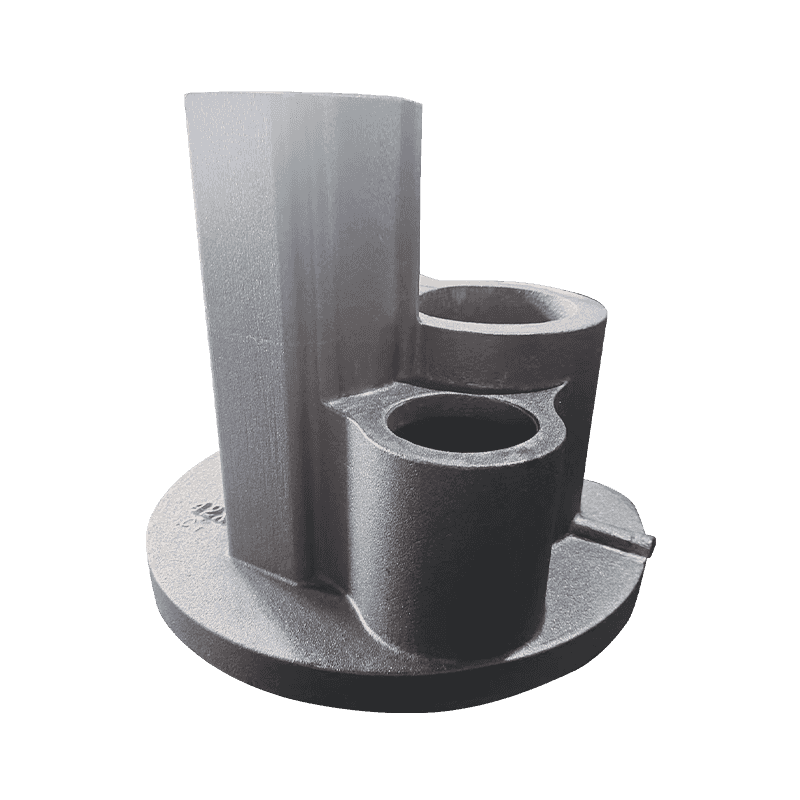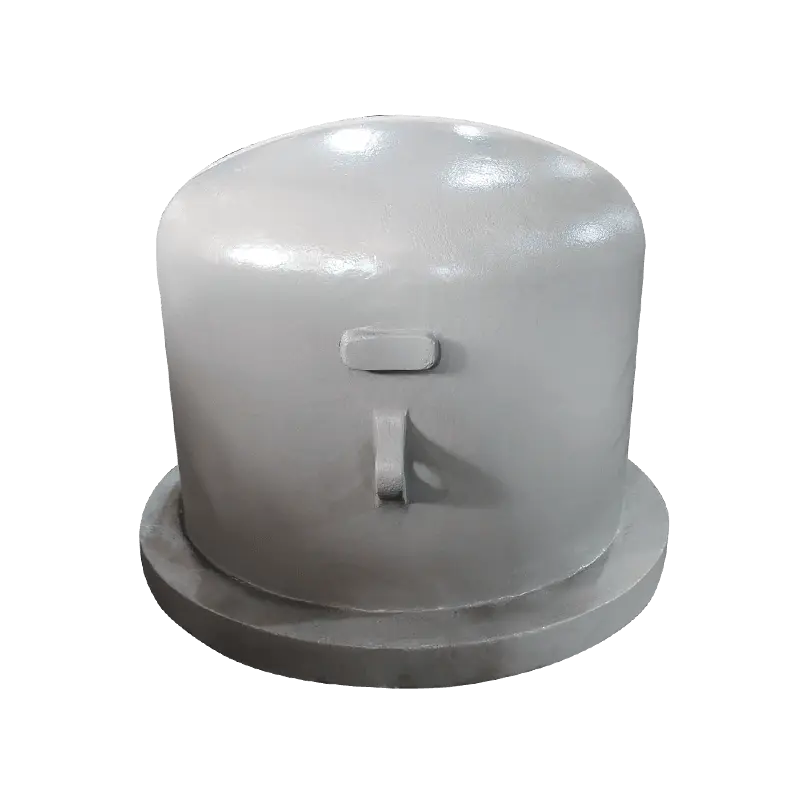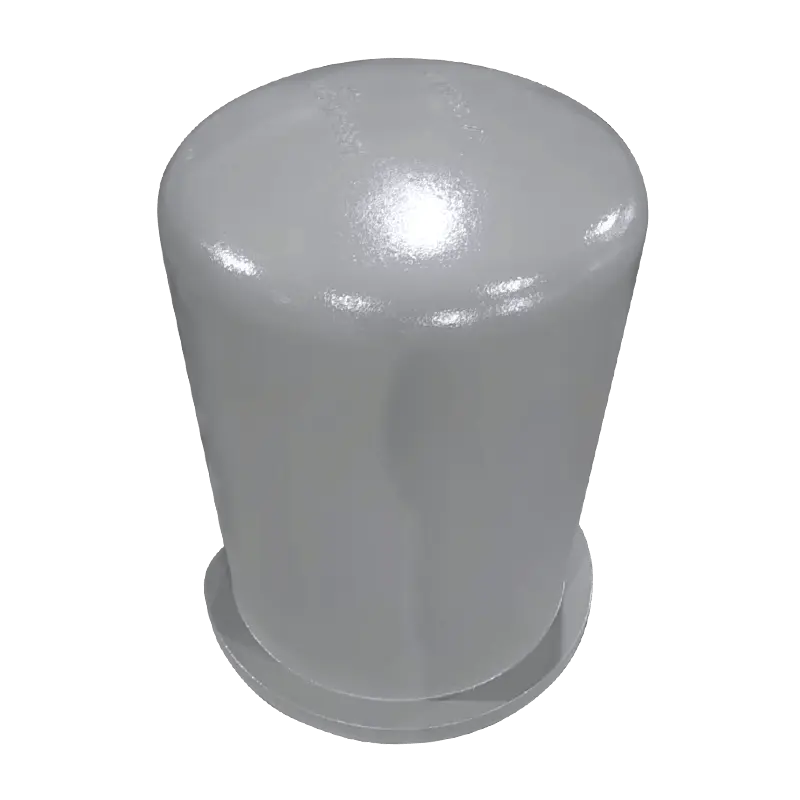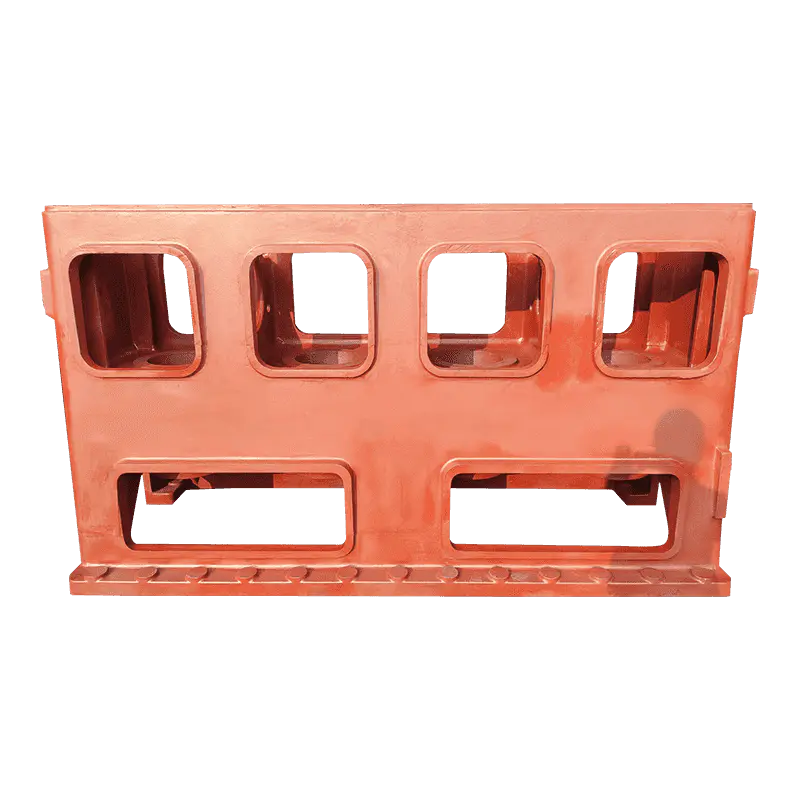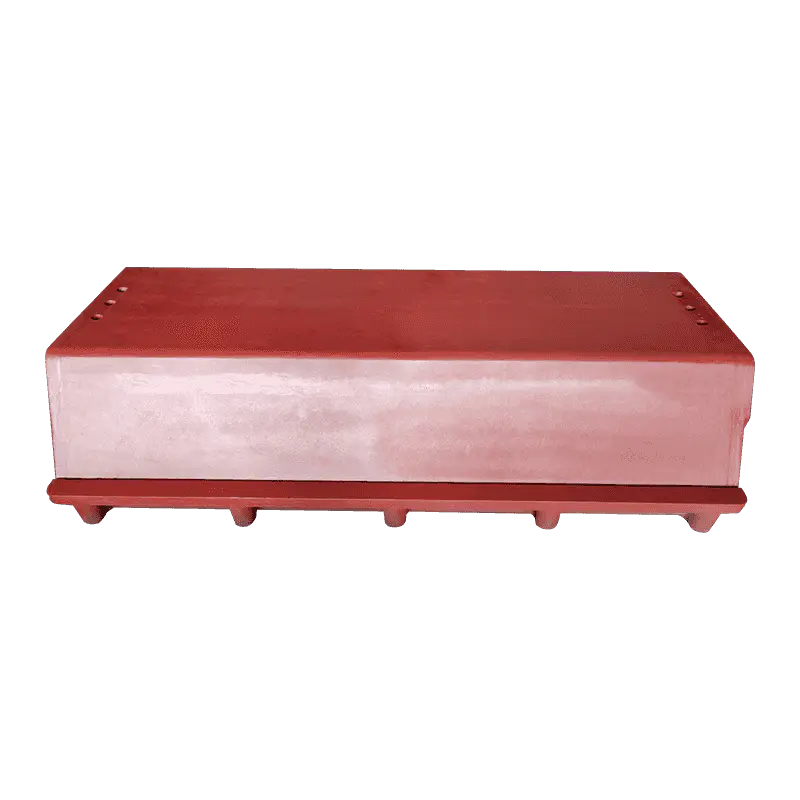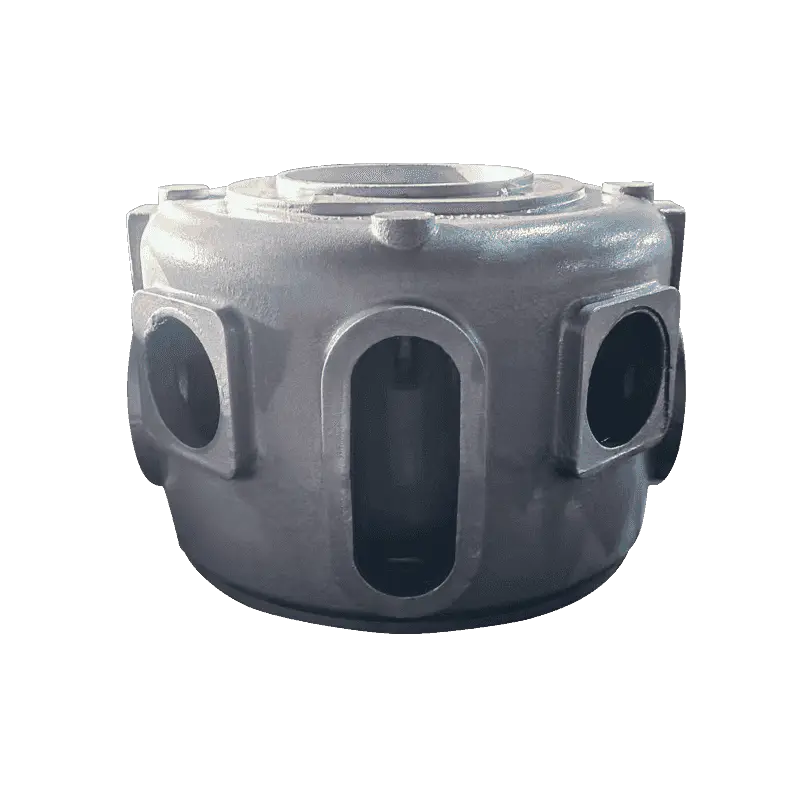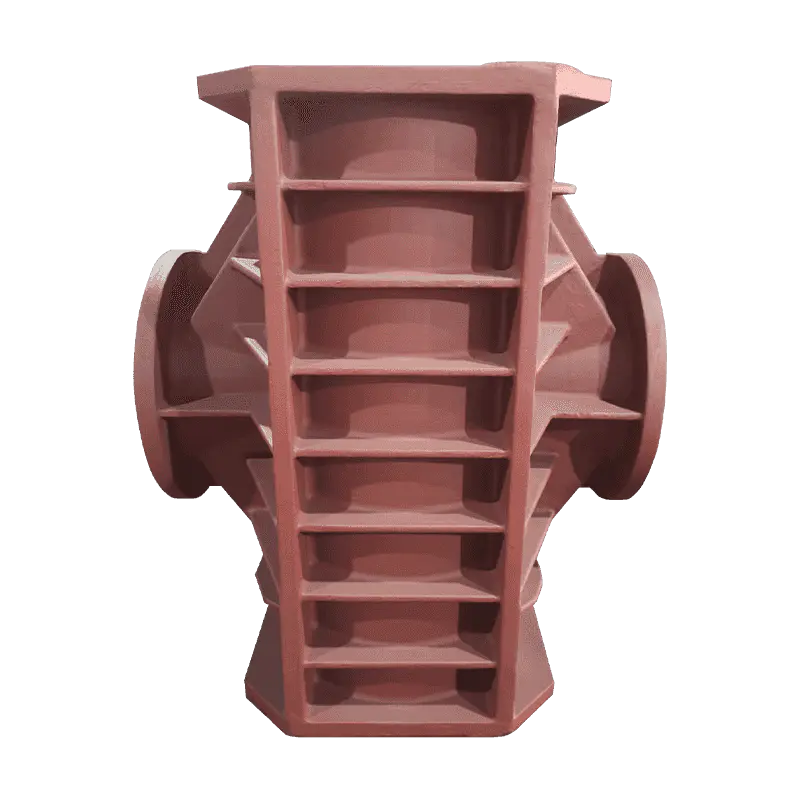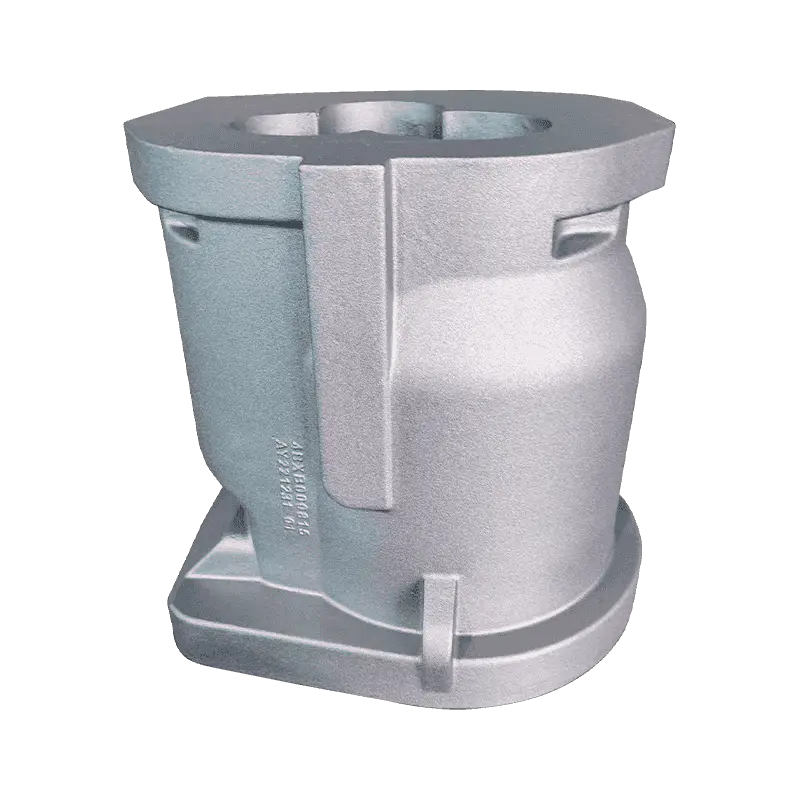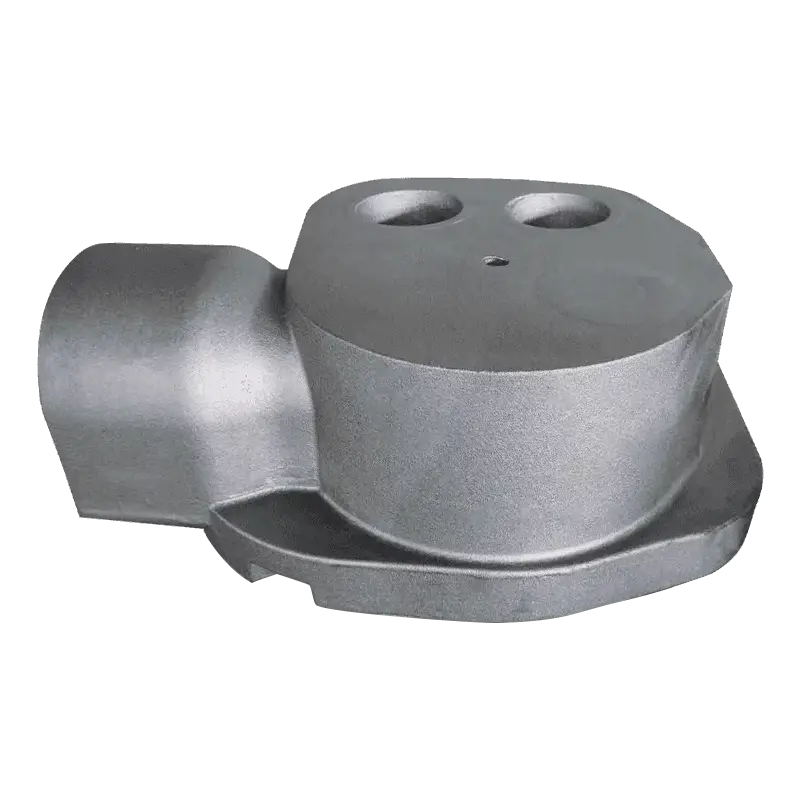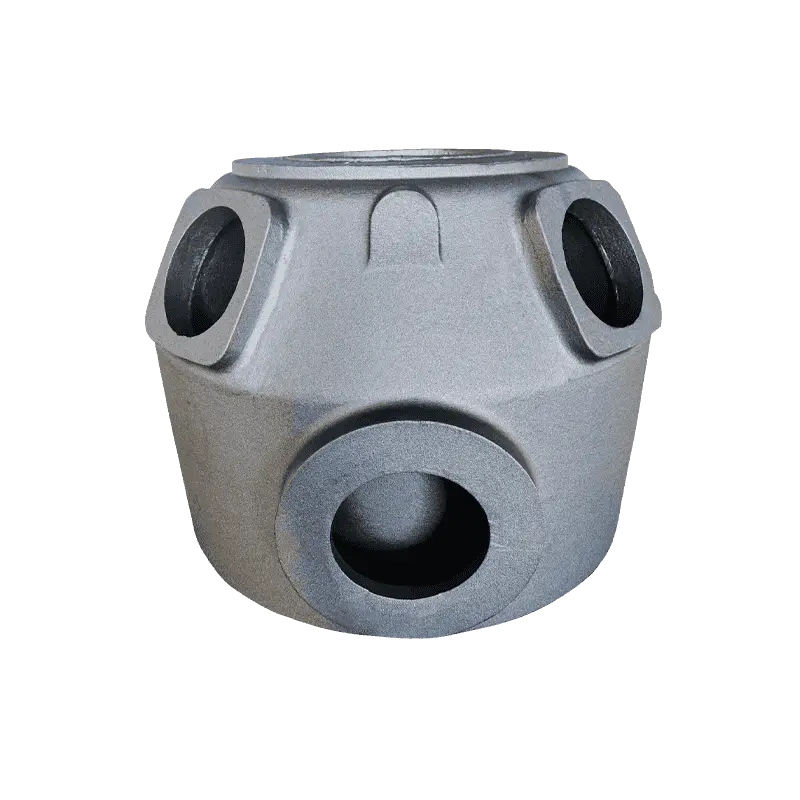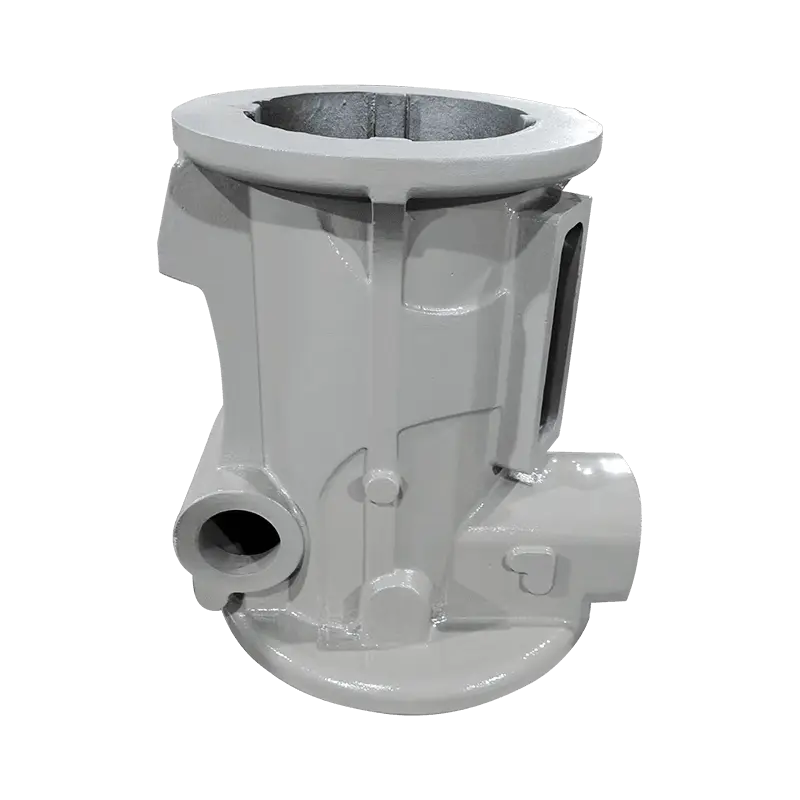One of the most critical effects of thermal cycling on the Compressor Exhaust Seat is thermal fatigue, which occurs when the component experiences repeated expansion and contraction due to rapid temperature shifts during startup and shutdown. Each time the compressor transitions from ambient temperature to operational heat levels and back, the material undergoes mechanical strain. This is particularly severe when the heating or cooling rates are high, as the metal structure lacks time to stabilize. Over time, the repeated cycles cause the formation of microcracks, often initiating at internal stress concentrators such as inclusions, grain boundaries, sharp corners, or surface imperfections. As thermal fatigue progresses, these microcracks propagate deeper with each cycle and may connect to form a larger fracture, leading to serious structural failure. The danger is not always immediate but accumulates gradually, making regular inspection and fatigue modeling essential in high-duty-cycle environments. Using alloys with high thermal fatigue resistance, such as nickel-based or cobalt-based materials, is often necessary for extending the service life of Compressor Exhaust Seats exposed to aggressive thermal cycling.
Thermal gradients caused by rapid temperature changes do not always affect the entire surface of the Compressor Exhaust Seat uniformly. Different sections may expand or contract at different rates, especially if the design lacks geometric symmetry or material uniformity. This leads to uneven internal stresses that result in distortion or warping. Even minute distortions can affect how the exhaust valve seals against the seat, potentially leading to leakage, pressure loss, or valve flutter. The seat may also lose its concentricity with the valve guide, compromising the flow characteristics and creating localized turbulence. Over time, the accumulation of thermal distortion can cause permanent deformation that renders the seat unusable. To mitigate such risks, manufacturers may incorporate features like expansion slots or beveled edges in the design, and they may employ stress-relief heat treatment processes after machining to stabilize the material.
Many Compressor Exhaust Seats are surface-hardened to resist mechanical wear from valve impact and gas abrasion. Techniques such as nitriding, carburizing, or the application of hardfacing alloys like Stellite are commonly used to create a durable outer layer. However, with repeated exposure to high temperatures, especially when these temperatures exceed the stability range of the surface treatment, the hardened layer may begin to degrade. In some cases, the hardness decreases due to phase transformation or tempering effects, while in others, the adhesion of the coating to the base metal weakens, leading to delamination. Once the surface layer deteriorates, the softer substrate becomes exposed and vulnerable to erosion, galling, and impact deformation. This undermines the functional sealing surface and increases the likelihood of gas leakage or complete valve failure. Manufacturers often specify upper thermal limits for both the substrate and coating materials to ensure thermal compatibility.
Thermal cycling accelerates oxidation, especially in environments where oxygen, water vapor, or corrosive gases are present. During each heating cycle, the surface of the Compressor Exhaust Seat reacts with oxygen, forming oxide layers such as iron oxide, chromium oxide, or nickel oxide, depending on the material composition. While some oxide films are protective and self-limiting, rapid temperature fluctuations cause these layers to repeatedly expand and contract, leading to cracking or spallation. This exposes the base material to fresh oxidation, resulting in continuous surface degradation. Flaking oxides can also interfere with valve operation, causing seat leakage or internal abrasion of adjacent components. In extreme cases, this cycle may lead to pitting corrosion, localized thinning of the metal, or embrittlement due to intergranular oxidation. To combat oxidation damage, high-chromium or high-aluminum alloys are often used due to their ability to form stable, adherent oxide scales.

